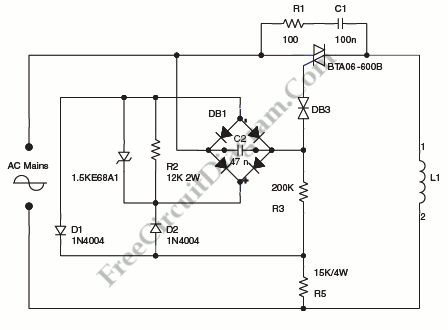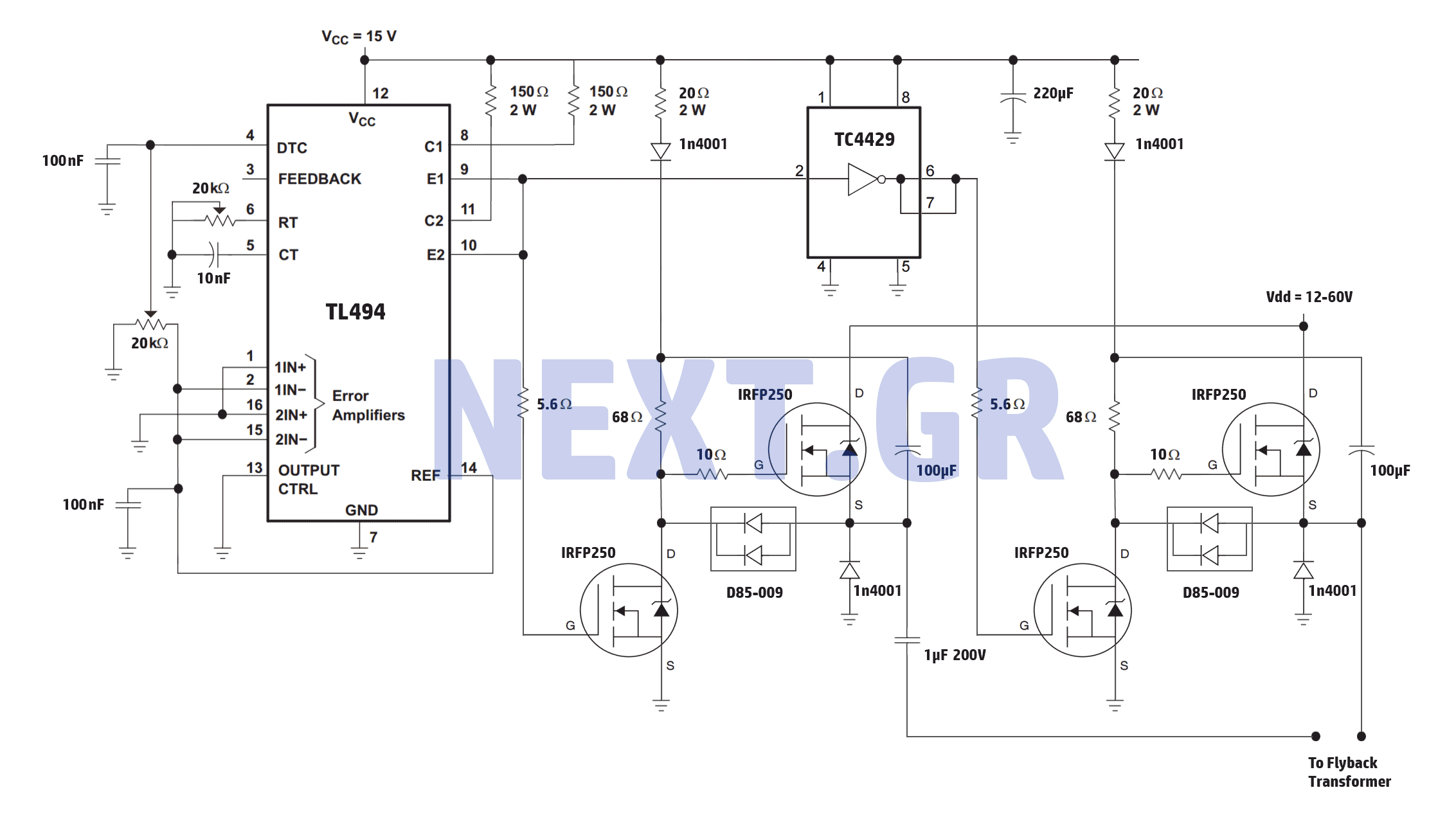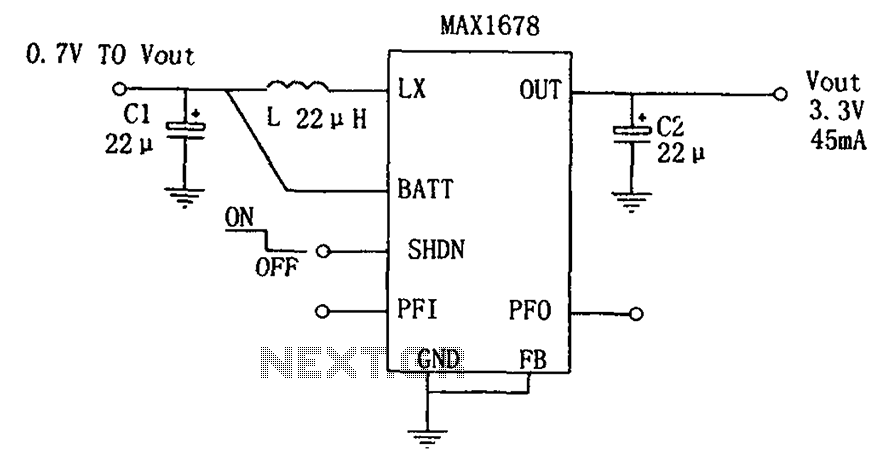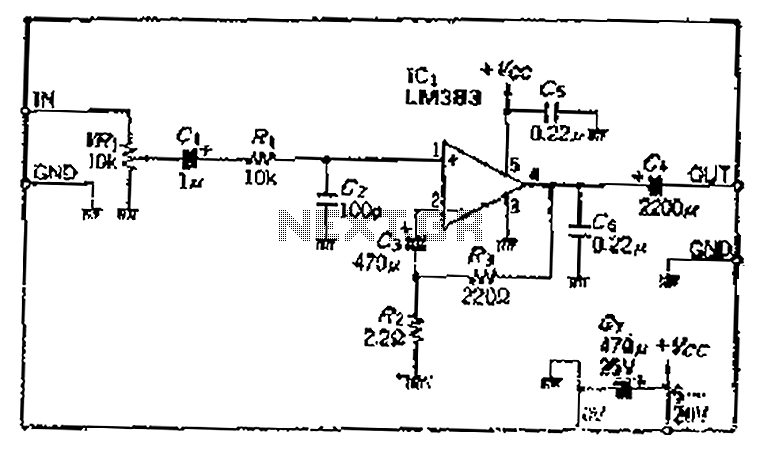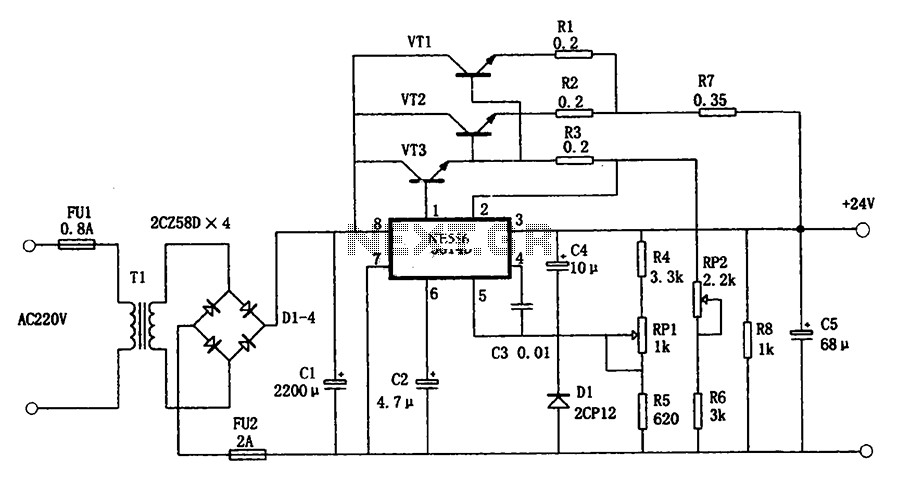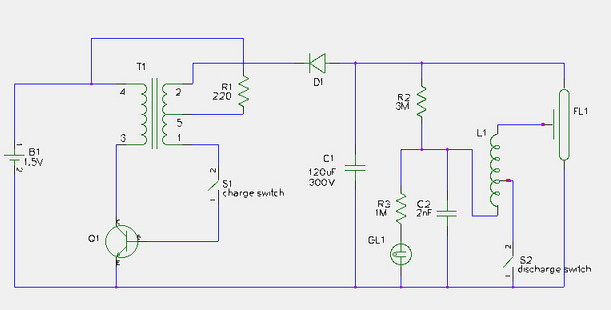
Laboratory Power Supply
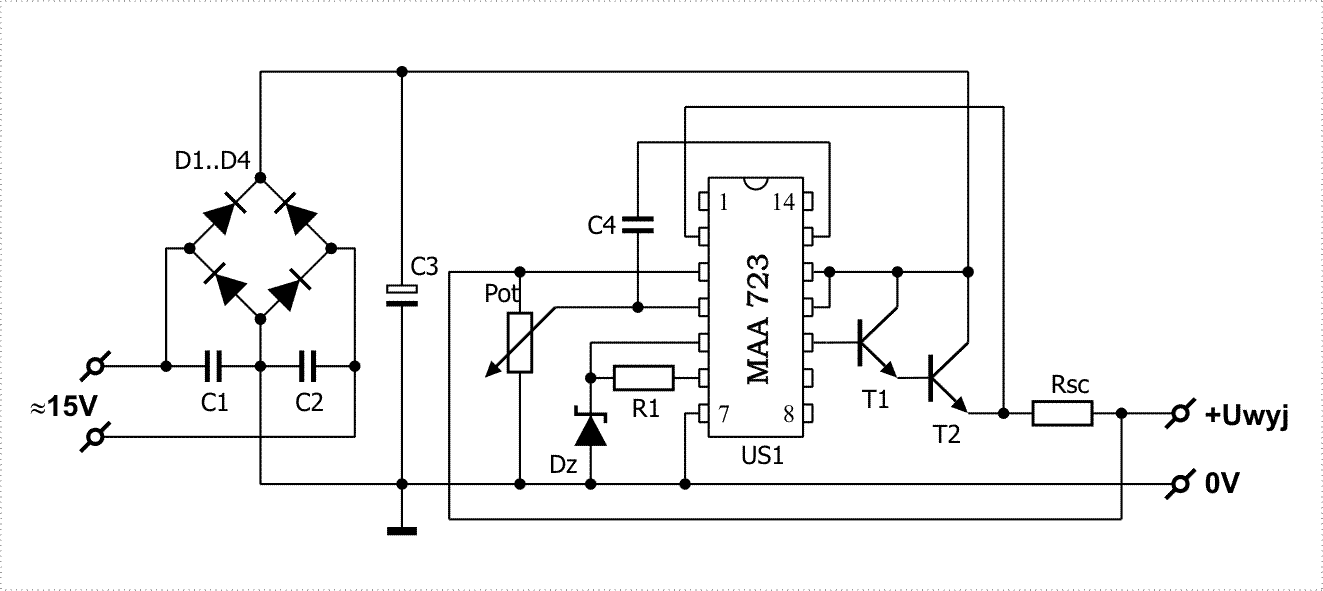
The objective is to enhance information transmission through the distribution of articles. Please contact us via email at [email protected] within 15 days if there are any issues related to article content, copyright, or other concerns. Prompt action will be taken to address such matters.
In the context of electronic schematics, the concept of transmitting information can be likened to the process of data communication systems, where various components work together to ensure the effective transfer of information. This can involve a combination of analog and digital components, depending on the nature of the data being transmitted.
A basic electronic schematic for a data communication system might include a microcontroller as the central processing unit, responsible for managing data flow. This microcontroller can interface with a variety of input devices, such as sensors or user interfaces, to gather information that needs to be transmitted.
The data can then be processed and sent through a communication module, such as a Wi-Fi or Bluetooth module, which enables wireless transmission. The schematic would include power supply components to ensure that all devices operate within their specified voltage and current ranges.
Additionally, to address potential issues such as data integrity and security, the schematic may incorporate error detection and correction circuits, as well as encryption modules. These components work together to ensure that the transmitted information remains accurate and secure, minimizing the risk of copyright infringement or content-related issues.
Overall, the electronic schematic for a data communication system is designed to facilitate the seamless transmission of information while addressing potential challenges that may arise during the process.We aim to transmit more information by carrying articles. Please send us an E-mail to wanghuali@hqew. net within 15 days if we are involved in the problems of article content, copyright or other problems. We will delete it soon. 🔗 External reference
In the context of electronic schematics, the concept of transmitting information can be likened to the process of data communication systems, where various components work together to ensure the effective transfer of information. This can involve a combination of analog and digital components, depending on the nature of the data being transmitted.
A basic electronic schematic for a data communication system might include a microcontroller as the central processing unit, responsible for managing data flow. This microcontroller can interface with a variety of input devices, such as sensors or user interfaces, to gather information that needs to be transmitted.
The data can then be processed and sent through a communication module, such as a Wi-Fi or Bluetooth module, which enables wireless transmission. The schematic would include power supply components to ensure that all devices operate within their specified voltage and current ranges.
Additionally, to address potential issues such as data integrity and security, the schematic may incorporate error detection and correction circuits, as well as encryption modules. These components work together to ensure that the transmitted information remains accurate and secure, minimizing the risk of copyright infringement or content-related issues.
Overall, the electronic schematic for a data communication system is designed to facilitate the seamless transmission of information while addressing potential challenges that may arise during the process.We aim to transmit more information by carrying articles. Please send us an E-mail to wanghuali@hqew. net within 15 days if we are involved in the problems of article content, copyright or other problems. We will delete it soon. 🔗 External reference
